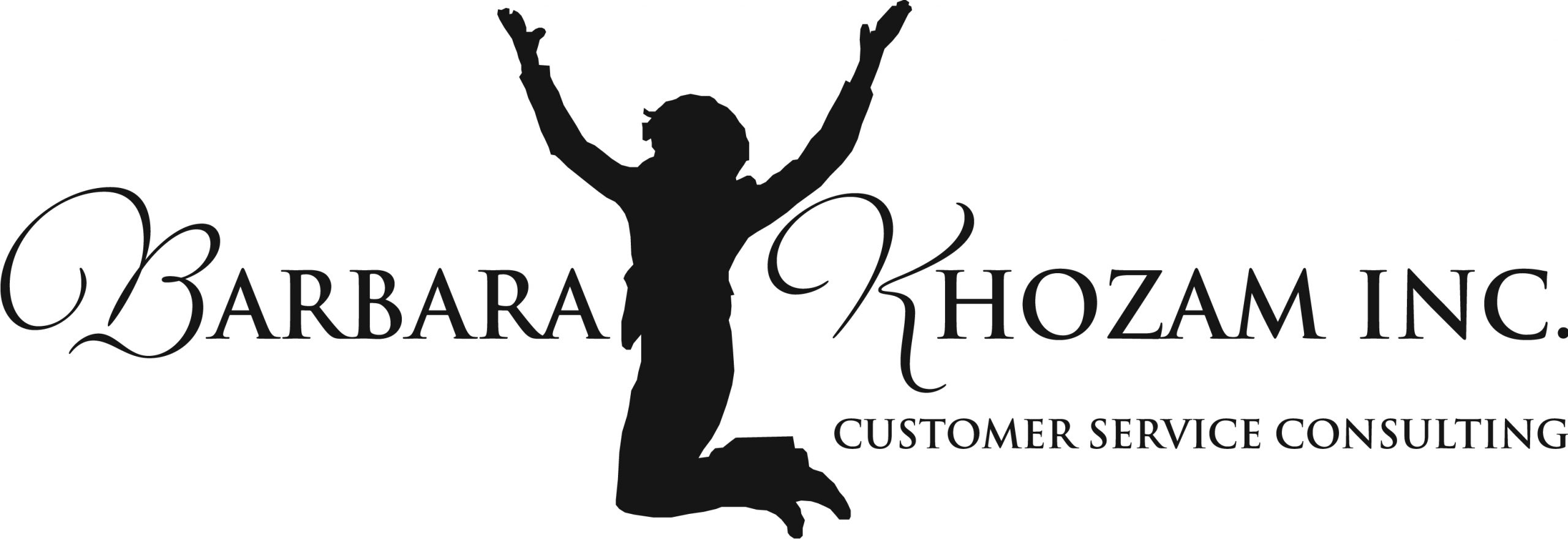
Copyright: pixelsaway / 123RF Stock Photo
The most effective strategy to successful communication, and thus great customer service delivery, is knowing how to interact with customers as individual people. And what better way to do this than to know a little something about each customer’s personality type.
Real World Story: In many of my previous posts, I’ve advocated for customer service reps to remain flexible by adapting to different types of people and how they communicate. In this post, we’ll take a quick look at the four criterion that make up the general psychological categories of personality types as defined by the Myers-Briggs model. These include the source and direction of a person’s energy expression—or general attitude—and how that person perceives, processes, and implements information received. The combination of these four criterion results in 16 specific personality types. The discussion of these 16 types is beyond the scope of this post. So here, we’ll look at the criteria only, but you can review the full list of the 16 individual personalities at The Myers & Briggs Foundation.
Strategies that Turn it Around:
The Myers-Briggs four criterion that make up personality types are as follows:
- Extraverted (E) vs. Introverted (I). A person’s energy expression, in which an (E) relies on his or her external world for direction. In contrast, an (I)’s source of energy expression and direction comes from his or her internal world. In service interactions, an (E) will communicate with you enthusiastically by using the overt cues presented in the service environment of the transaction. An (I) will not readily share information they internally believe may “rock the boat” or cause problems for others because of his or her reserved nature.
- Sensing (S) vs. Intuition (N). How a person perceives An (S) person believes information received from the external world. In contrast, an (N) person believes information that is from the internal or imaginative world. In a service interaction, an (S) person will want hard facts that are seen or touched. An (N) person will have an internal belief system that allows for interpretation and adding meaning to a given situation.
- Thinking (T) vs. Feeling (F). How a person processes A (T) person uses logic to make decisions. In contrast, an (F) person uses emotion and feelings to make decisions. In service interactions, a (T) person will want logical explanations and solutions to problems. An (F) person will rely on emotions and feelings and will consider others as more important. This is the classic dichotomy of head vs. heart.
- Judging (J) vs. Perceiving (P). How a person implements A (J) person organizes all of his or her life events and sticks to his plans. A (P) person will improvise and look at alternative options. In service interactions, a (J) person will know exactly what outcome he or she wants. If that’s a full refund, nothing else will be satisfactory. A (P) person will consider all the options presented. You can please this type of customer by giving alternatives to a full refund like a free month of service, an upgrade or some other added benefit.
Remember: Knowing general, but sound, concepts about the makeup of personality types can go a long way in being able to stay flexible and adaptable to different types of people. While the aim of this post is not to make professional psychologists of you all, the intent is to give you basic insight in order to better communicate with customers, thus elevating your customer service delivery. And that’s something all personality types can agree on!
How do YOU adapt your communication style to different types of customers’ personalities? Please share your comments and stories.
